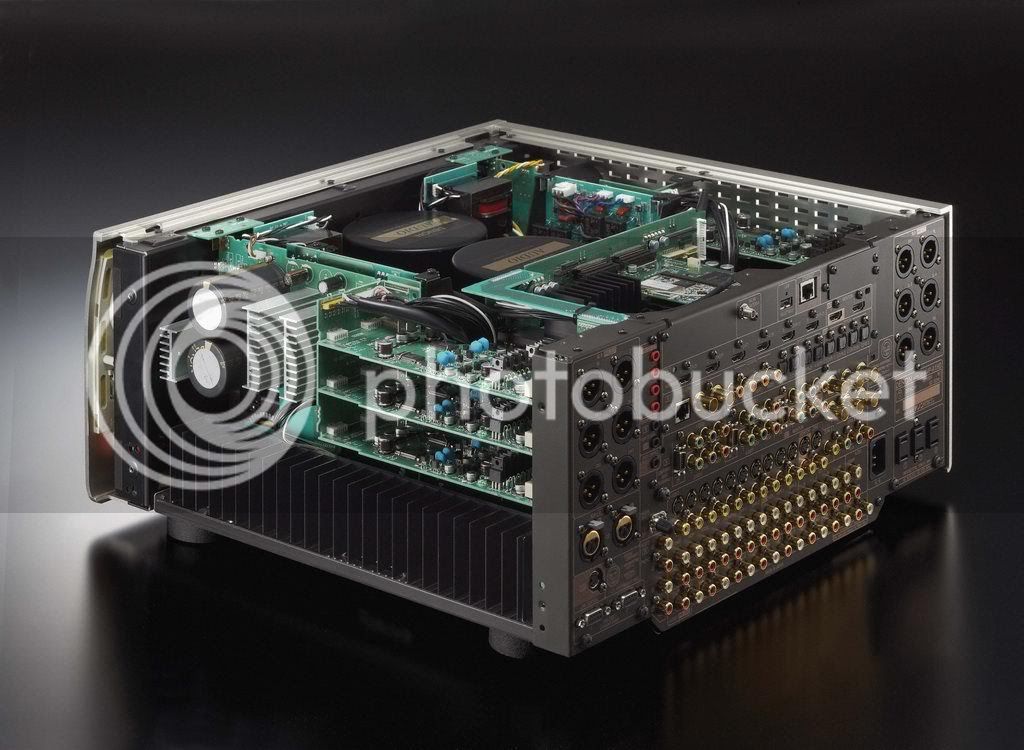Processor updates
Famous last words methinks.
Fewer boxes is indeed simpler, but the functions embedded in them are roughly still the same. Matter of fact, the DriveRack 4800 is a huge leap forward in features (and attendant complexity). Luckily, it has a great user interface (via PC’s) and combined with my years of DriveRack use with the 260’s, I was able to master it in short order. But simple? yeah, right
Before I jumped in and started ripping out gear and plugging in cables, I spent a day planning and writing up the steps I would take to perform the swap over. After 6 or so pages, I pretty much had it covered from tear-down to re-installation and initial gain calibration.
Yes, yes, call me anal-compulsive , but read on.
, but read on.
So I spent a few hours every morning for the past week on cable end labeling and equipment re-arrangement. This also let me do a better job of wire management (as Rich noted, I probably have more cables in active use than anyone I know). So now the back of the rack is a little neater. However it’s still a rats nest to some extent, fixing that would require a full tear-down of ALL gear and using custom length cabling for power and signal cables. A >$5K exercise, so I can live with a bit of mess, as it doesn’t affect the sound.
I finally got to the point of getting everything fired back up yesterday morning.
One observation about this is that as mentioned before, complexity is very high, and I think I just proved to myself that this must indeed be a hobby, as why else would I spend 15 or so hours planning and executing an equipment upgrade
… I’m looking to simplify my system …
Famous last words methinks.
Fewer boxes is indeed simpler, but the functions embedded in them are roughly still the same. Matter of fact, the DriveRack 4800 is a huge leap forward in features (and attendant complexity). Luckily, it has a great user interface (via PC’s) and combined with my years of DriveRack use with the 260’s, I was able to master it in short order. But simple? yeah, right
Before I jumped in and started ripping out gear and plugging in cables, I spent a day planning and writing up the steps I would take to perform the swap over. After 6 or so pages, I pretty much had it covered from tear-down to re-installation and initial gain calibration.
Yes, yes, call me anal-compulsive
So I spent a few hours every morning for the past week on cable end labeling and equipment re-arrangement. This also let me do a better job of wire management (as Rich noted, I probably have more cables in active use than anyone I know). So now the back of the rack is a little neater. However it’s still a rats nest to some extent, fixing that would require a full tear-down of ALL gear and using custom length cabling for power and signal cables. A >$5K exercise, so I can live with a bit of mess, as it doesn’t affect the sound.
I finally got to the point of getting everything fired back up yesterday morning.
One observation about this is that as mentioned before, complexity is very high, and I think I just proved to myself that this must indeed be a hobby, as why else would I spend 15 or so hours planning and executing an equipment upgrade












